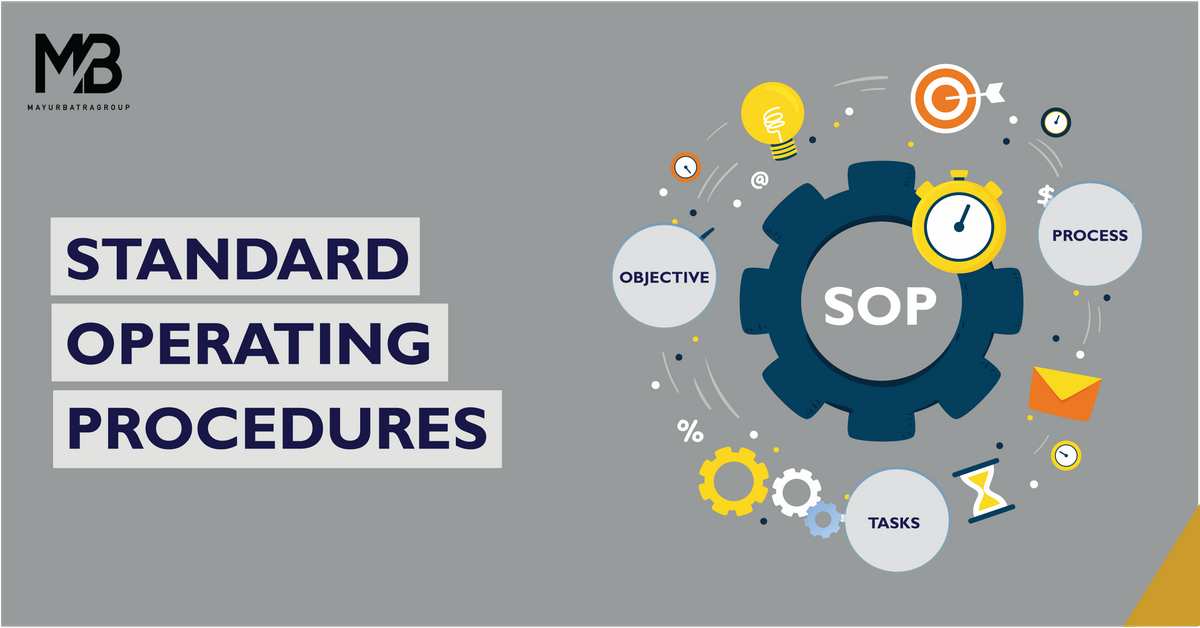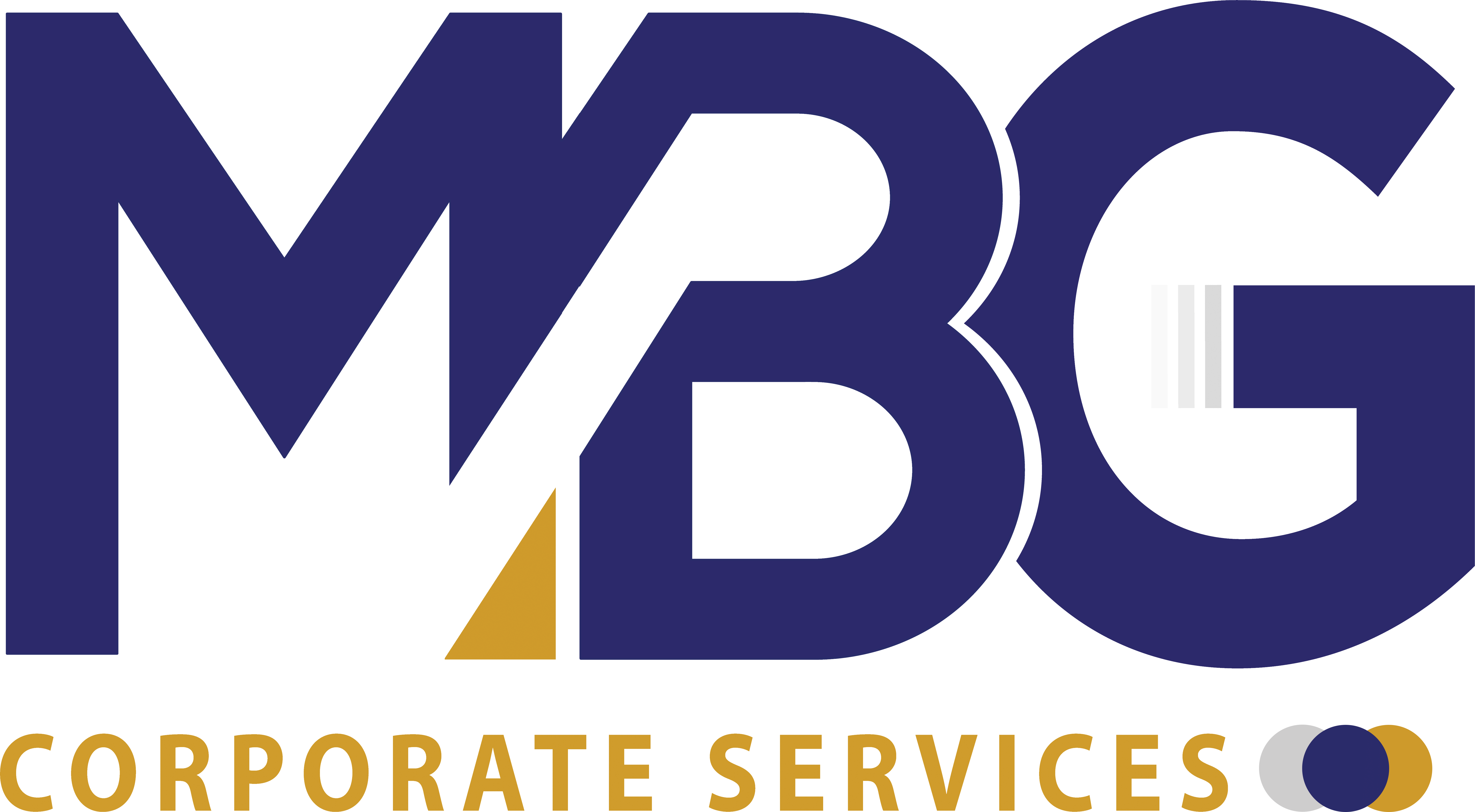Comply with Industry Regulations with SOP (Standard Operating Procedures)

Standard Operating Procedures (SOP) define the Process, Objectives, and Tasks. It includes detailed Work Steps, highlighting the Key Controls, identifying the responsible Person / Department for each Work Step and approval Mechanism.
Approach of Drafting SOP
- Do the stepwise walkthrough of the process including the physical movement of the transaction, system, and documentation (incl. Purchase order, Vendor Invoices, Sales Order, Sales Bills, etc.).
- Understand the data received from various business functions in terms of reports & vouchers.
- Understand the approval mechanism at various stages of the business process
- Identification of gaps in the processes which should be separately documented in the procedures.
- Start documentation of procedures (incl. Process maps & narratives) with the help of understanding gathered in the earlier stages incl. input, output, risk/ controls, authentication, etc.
- Discussion with the respective stakeholders and finalization of SOP after incorporating their comments.
- Final discussion with Management and circulation to the respective business heads for implementations.
- Operative guide to all the Departments and their respective teams.
- Helps in attaining uniformity of operations.
- Serve as ready reckoner to all the new team members.
- Reduce errors and enhance productivity.
- Meet legal requirements.
- Establish a chain of command with a clear idea of your leadership structure & other teams.
- Policies such as Fixed Assets, HR Manual, etc.
- Critical Business Processes (i.e. Purchase to Pay, Order to Cash, etc.)
- Sub-Processes (i.e. Vendor selection & on-boarding, PO generation etc.)
- Authority Matrix
Last Updated: 1st October 2019
This article is contributed by:
Vikram Prabhakar
Associate Director


